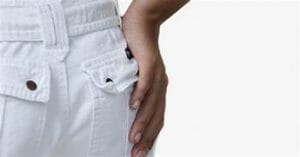
Bursitis hip pain
Bursitis hip pain is something that I had experienced for over three years, the hip pain was painful. In this article, we will give you Quick Tips for Fast and Effective Bursitis Hip Pain Relief.
It affected my daily life so much, I couldn’t stand for long without bursitis and hip pain, and I couldn’t sleep without hip and leg pain. My consultant prescribed painkillers but I found a more natural way for my bursitis hip pain relief, even better than that my hip and leg pain has gone altogether.
If you have hip and leg pain known as hip bursitis I can show you the best way to get bursitis hip pain relief.
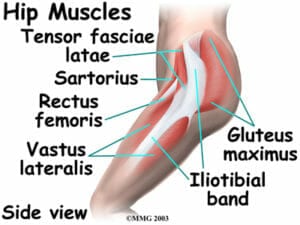
Side view of the hip
The Hip
After the knee the hip is the second biggest load-bearing joint, you will recognize it as a ball & socket joint at the connection of the leg & pelvis.
The thighbone (rounded head of the femur) makes up the ball, this ball fits into the cup-shaped socket in the pelvis (acetabulum).
The ligaments link the ball with the socket and provide amazing stability to the joint. The joint muscles, strong ligaments, the femoral head, and the acetabulum are such a good fit that combined they make the hip joint very solid.
The individual parts of the hip structure support the movement of the joint, deterioration or degeneration of any of the individual parts can hurt movement and capacity to support weight on the hip joint leading to hip pain, hip replacement, sectional hip replacement, or perhaps hip resurfacing.
The Femur
The upper leg bone or thigh is called the femur, it is the biggest bone in your body, at the tip of the femur is a round protrusion that joins with the pelvis, this is called the femur head or the femoral head.
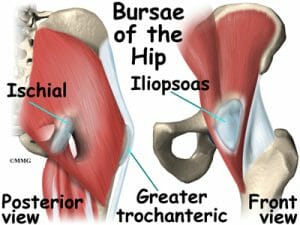
Posterior view of the hip
Trochanter
At the head of the femur are two extra protrusions called the greater trochanter as well with the lesser trochanter.
When the hip moves the associated muscles are fixed at these trochanters, and the femoral head fits in the acetabulum a hollow area set in the pelvis.
The pelvis is a durable ring of bones, joined at the front by a gristly pad known as a pubis, the pelvis is joined at the back to the lowermost four bonded vertebra(sacrum)
The area where the sacrum joins the pelvis is known as the Sacroiliac joint. To have smooth movement there is a resilient layer of joint cartilage at the femoral head and acetabulum that buffers the ends of these bones. Inside this pocket, the synovial membrane (thin tissue) oils and cares for the joint.
Ligaments
The muscles and ligaments are directly responsible for the mobility of the hip joint, the main ligaments are
- Iliofemoral ligament
- Pubofemoral ligament
- Ischiofemoral ligament
Cartilage
Surrounding the exterior portion of the acetabulum is a round layer known as the labrum cartilage, this allows for a deeper socket to stabilize the joint, a labrum tear is quite common in hip injuries.
Muscles
The numerous muscles that join to or cover the hip joint create the movement in the hip, they are:
1. Gluteals: Buttock muscles, gluteus minimus, Maximus, and medius are the 3 muscles joined to the back of the pelvis and are inserted inside the greater trochanter of the femur.
2. Iliopsoas: The main hip flexor muscle, made up of three parts attaching to the low section of the spine and pelvis, crossing the joint and inserted into the lesser trochanter of the femur.
3. Hamstrings: Located at the back of the thigh these three muscles join to the lower section of the pelvis.
4. Quadriceps: Made up of four muscles (medial, intermediate, rectus femoris, and vastus lateralis) located at the head of the femur, the four muscles are attached at the top of the tibia, the rectus femoris starts at the ilium front, the other three are attached about the greater trochanter of the femur and just under it.
5. Groin muscle: Known as the abductor or groin muscle it attaches to the pubis and moves along the inside of the thigh.
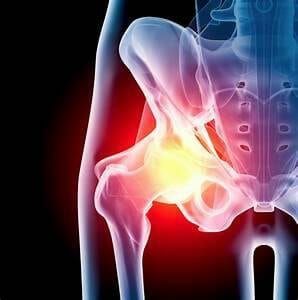
Hip pain
Causes of hip bursitis pain:
The bursa is a fluid-filled sac its function is to keep the joints lubricated and reduce friction on the bones and muscles, allowing the bones to move fluently
As we age the wearing down of cartilage causes inflammation leading to hip bursitis pain, sometimes extending down the leg, it can be worse if you are standing in the same position for too long.
It can also be painful when you lie down on a bad hip or it can be painful when climbing stairs.
Initially, the pain is not as sharp or annoying however over time the pain will increase in intensity and severity.
How to deal with Hip Bursitis pain
In my experience you have a few choices, some will be fine in the short term, however, if you are looking for a long-term solution to get rid of hip bursitis pain for good.
This is my recommendation (because it worked for me) Serra Enzyme contains Serrapeptase a proteolytic enzyme that has been used for many years because of its amazing ability to get rid of inflammation and pain, read my story here.
Other options to deal with Hip Bursitis pain
My doctor prescribed painkillers for my hip bursitis pain, if you don’t have an infection and your diagnosis is hip bursitis that is one option, (the inflammation may come back).
The second option is to speak to your doctor about a cortisone injection to treat inflammation, it will work but chances are the inflammation will return.
The third option is to do some stretching exercises to try and relieve the pain, I have tried this, and, in my experience, it has a limited effect.
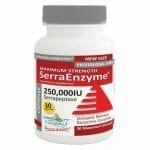 Treat inflammation
Treat inflammation
In my humble opinion, the very best and recommended option is to treat the cause of the pain namely the inflammation, by getting rid of inflammation you get rid of the hip bursitis pain permanently!
Why not try SerraEnzyme, it is a natural solution for hip bursitis pain and I found that although it takes a bit of time to kick in, it does work!
P.S. Please let me know how it is working for you, just be aware that it can take several months to get rid of the inflammation, as always check with your doctor before starting any new treatment, just stick with it and it will work.!
What can Curcumitol Q help with?
Curcumitol Q can help with heart problems many of which are associated with inflammation especially in the arteries, by using this Curcumin supplement can help to make your arteries healthier.
Curcumitol Q is a most effective Curcumin supplement that strengthens cartilage by reducing inflammation and helping the healing process.
Many people suffer from poor digestion, studies show that inflammation causes poor digestion, Curcumin 3 can go a long way in helping to calm inflammation in the stomach and improve digestion.
Pain in the joints is primarily caused by inflammation, by using the most effective Curcumin supplement daily can help to calm down the inflammation and associated symptoms will begin to diminish.
Curcumitol Q is an excellent natural way to boost your immune system, and that process will benefit your overall health.

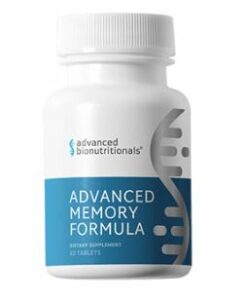
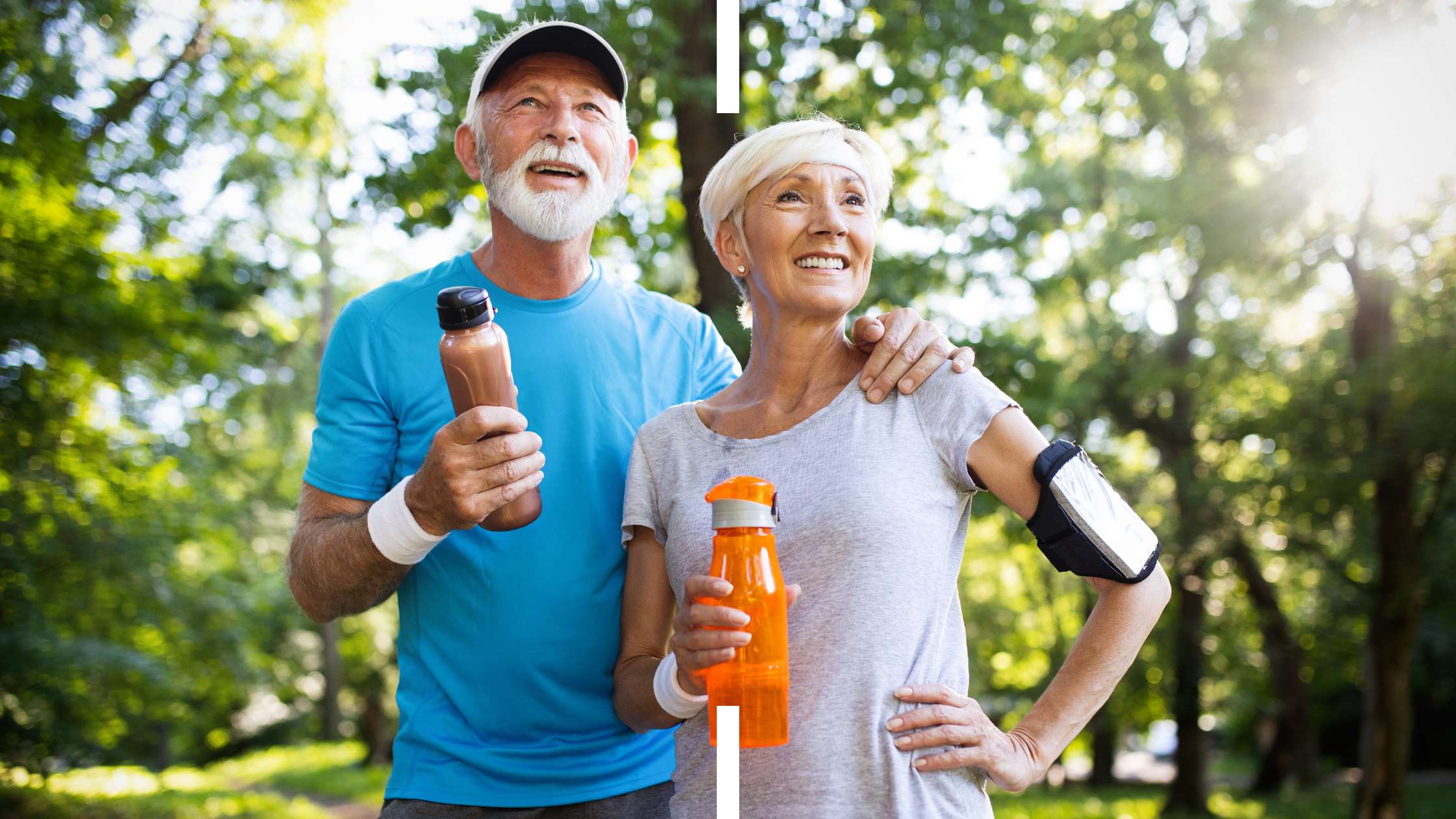
Leave a Reply
Leave a reply here